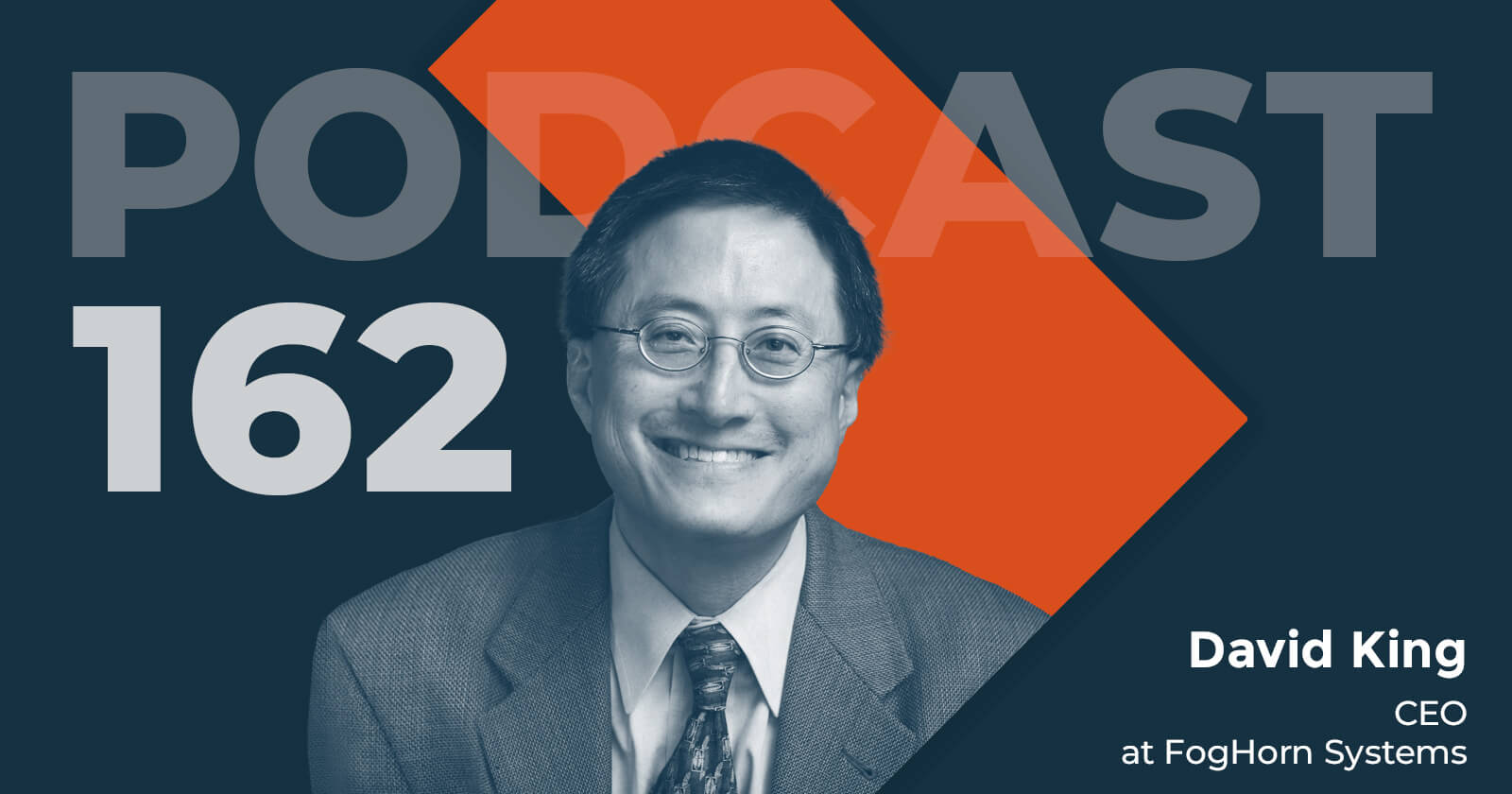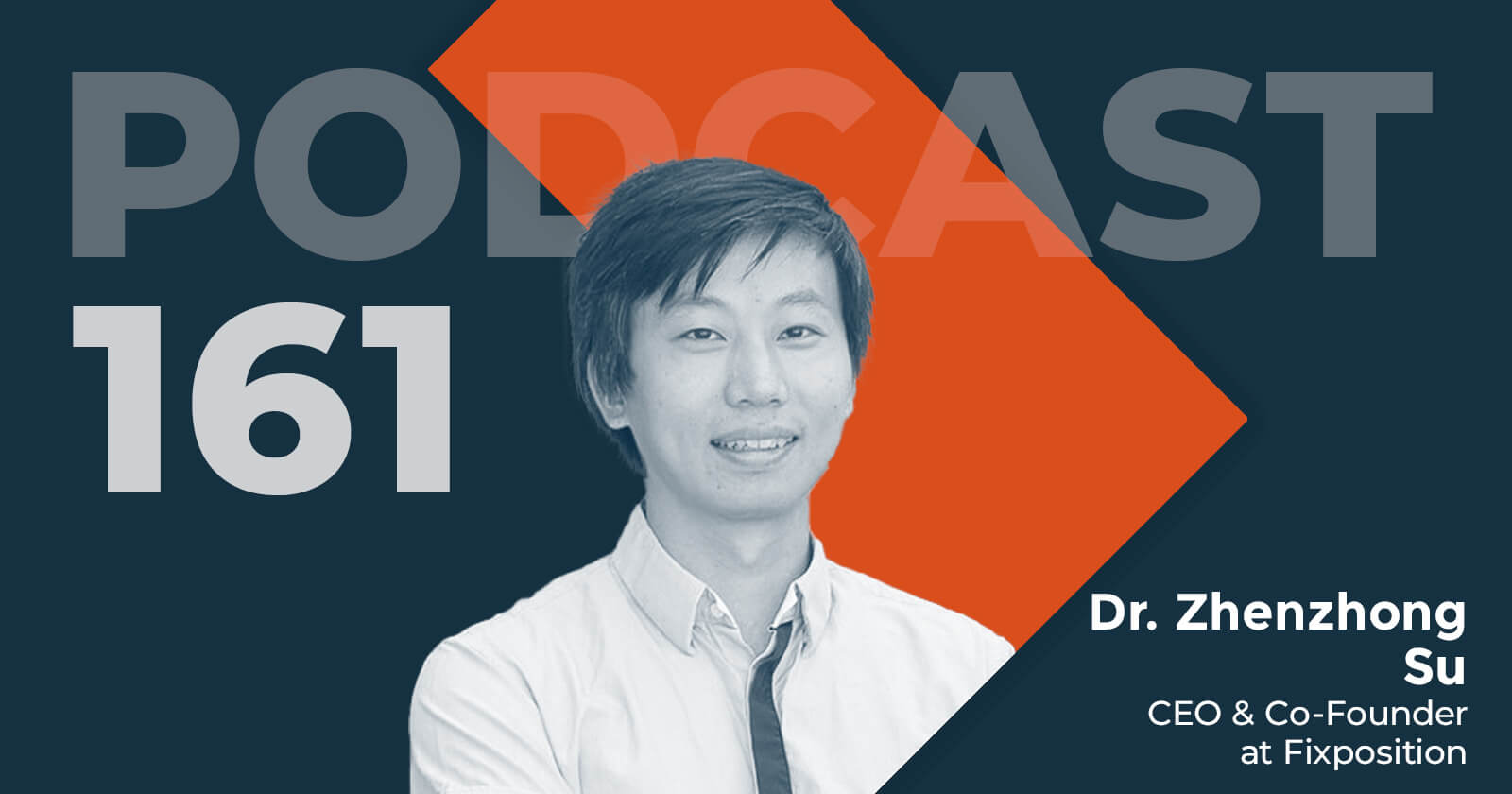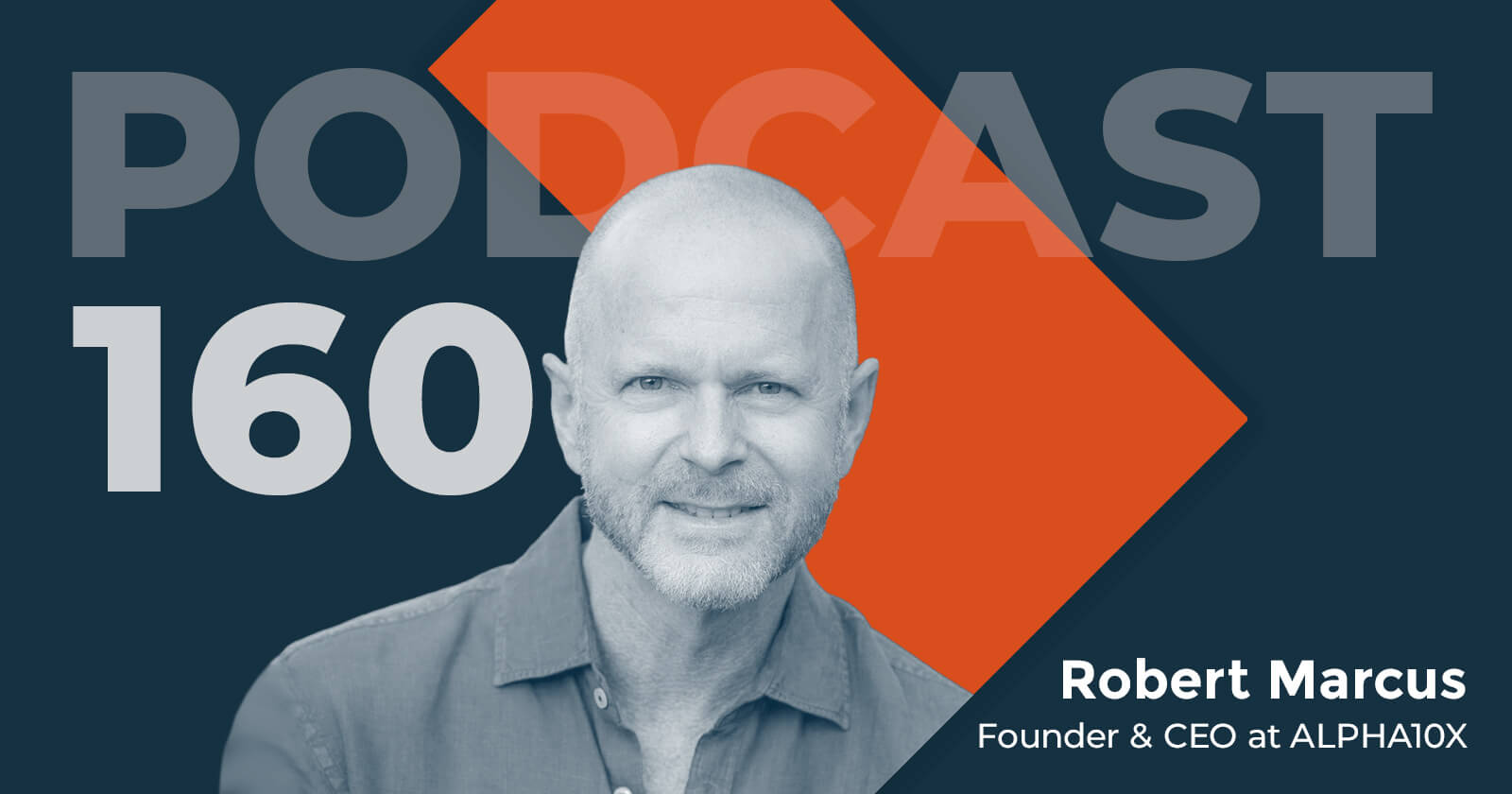Insight Vector: IoT is the “Context Conduit” for Smarter Support, an Interview with Dale Calder of RevTwo
Ken Forster

Innovation and market perspectives from leading IOT innovators
In this first part of our conversation with Dale Calder we discuss how his roots in connected industry set the stage for completely rethinking the nature of product support with his new company RevTwo. Pioneering the Indstrial Internet of Things, the company he founded, Axeda “taught everything to talk and taught companies to listen”. Taking advantage of signals from connected products, and using context to provide users a running head start in support, RevTwo is using IoT as a “Context Conduit” to power Smarter Support for Smart Products.
|
|
Dale Calder |
Dale Calder is a seasoned industry executive and serial entrepreneur, having started and successfully sold multiple companies. He founded, scaled, and exited Axeda Corporation, which was acquired by PTC Corporation for $170 million. Most recently, he founded RevTwo, Inc. a startup focused on bring support to the next generation of smart products, including iOS and Android Apps, IoT devices, Docker and Snap based Microservices, and Windows and Linux based machines and devices.
Could you share a bit of your background and the journey that brought you to RevTwo?
I started out with a technical background and in 1996 and built my first company around industrial communications. I was early in the market using PCs for HMIs (Human Machine Interfaces) and SCADA on the factory floor in the 80s and early 90s.
My first company FactorySoft was based on OPC – they became a leader in that market and I sold it to a company in the industrial SCADA space. As the CEO of this company, I had the opportunity to walk around a lot of factory installations – at the same time as the Internet craze was taking off. One time I was visiting a bottling factory in the Netherlands – there was this huge machine with extensive automation and I thought “if this breaks, the whole facility is down because it’s too complex”. That’s when I had an epiphany moment about starting to leverage the Internet to automate business processes. The first company based on this idea was Axeda – we built this over 15 years as a leading Platform for Internet of Things and in 2014 sold it for $170 million to PTC. The premise was data connectivity so that people far away can make the life of the user and the operator better.
I observed two pieces to the puzzle: data that came over the pipe could be used to automate a business process as well as automate support operations. After selling Axeda to PTC, I thought support was under-served as the primary use case for leveraging remote information. This has been overlooked, even though support and maintenance have been one of the most important parts of any business.
How does the RevTwo approach differ from traditional approaches?
RevTwo is a next generation platform or support operations. Instead of basing the company on the concept of a 1950s call center, we married the concepts of Artificial Intelligence and IoT to result in what support should look like today. We’ve overhauled support with a technology stack that can address 75-90% of the support problems that come up.
Using machine signals with AI can solve problems in a new and innovative way. The objective is to eliminate Tier 1 and 2 support. Once these problems are solved, the next step is to be able to troubleshoot problems we haven’t encountered yet. Finally, once labor is freed up, we can turn contact centers into value added services. What RevTwo is doing is combining the foundation of an IoT pioneer with AI to change the way support is delivered.
How would you define the Internet of Things?
Being an early guy in the market, there was no term at first, so I love the term just to have a handle on a transformative concept. I never thought of IoT as just technology. This is not only about moving data around and running business rules. IoT is about overhauling how business fundamentally works. Today’s business works around the human interpretation of data, for CRM systems for instance. What IoT does for me is to eliminate the middleman, pulling the human out of it.
For a factory or other business, this pulls all the pieces together. Like a human when you touch something hot and you automatically pull your hand back, IoT helps the business sense, respond and anticipate - to plug in all the real-world signals to create a smarter, more nimble business that can create products, processes and services that are more of a joy to use. It’s a sense and response system, getting signals and automating processes that we hadn’t been able to before.
How did the technologies created at Axeda informing the evolution of the next generation of Connected Products?
At Axeda we taught everything to talk and we taught companies to listen. We built a big pipe and provided a way for companies to listen to the data. At Axeda, a lot of the processes were manual. For service there would be experts that would do remote troubleshooting; Axeda would alert problems and people would engage in the field. At RevTwo, we see that it’s not just connectivity, it’s context. With products “in the wild”, context is everything. Today a lot of the front end of support is about gathering context – who are you, what are you doing etc.
IoT is the Context Conduit. If we leverage support around this, we can provide context without having ask for it, so we can resolve an event without having to go through the whole process of asking questions. When you combine technologies like AI/ machine learning and Tensor Flow, you can identify which signals are valuable. Over time you can create a system that is better than the best person. This enables creation of systems to automate things, leveraging the IoT conduit for connectivity and using AI for resolving things.
AI is technology whose time is right, which can provide solutions to products in seconds rather than minutes or hours - without the cost and time of human intervention. This was an area in IoT that hadn’t been explored, and there hadn’t been a lot of innovation.




